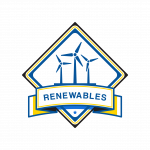Infrastructure
The Infrastructure market covers a broad range of applications that can be found in different climatic regions. Cold region engineering includes assets built on permafrost in the arctic or antarctic regions of the world. For warmer regions, temperature monitoring can help engineers understand subsurface conditions that may impact performance of the structure. Infrastructure applications include:
- Foundations & Pilings
- Highways, Roads, Railways & Bridges
- Airports
- Ground Freezing
- Landfills
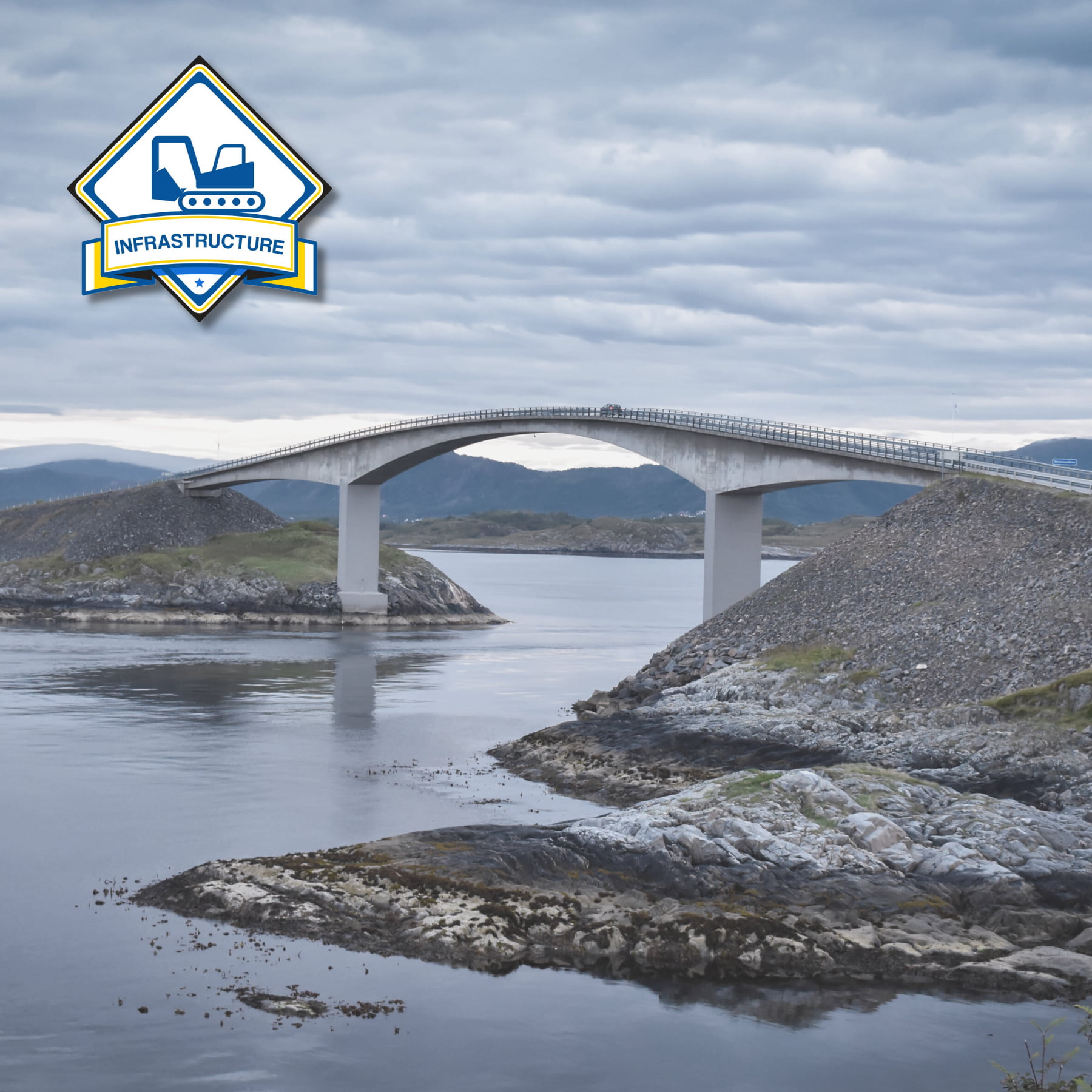
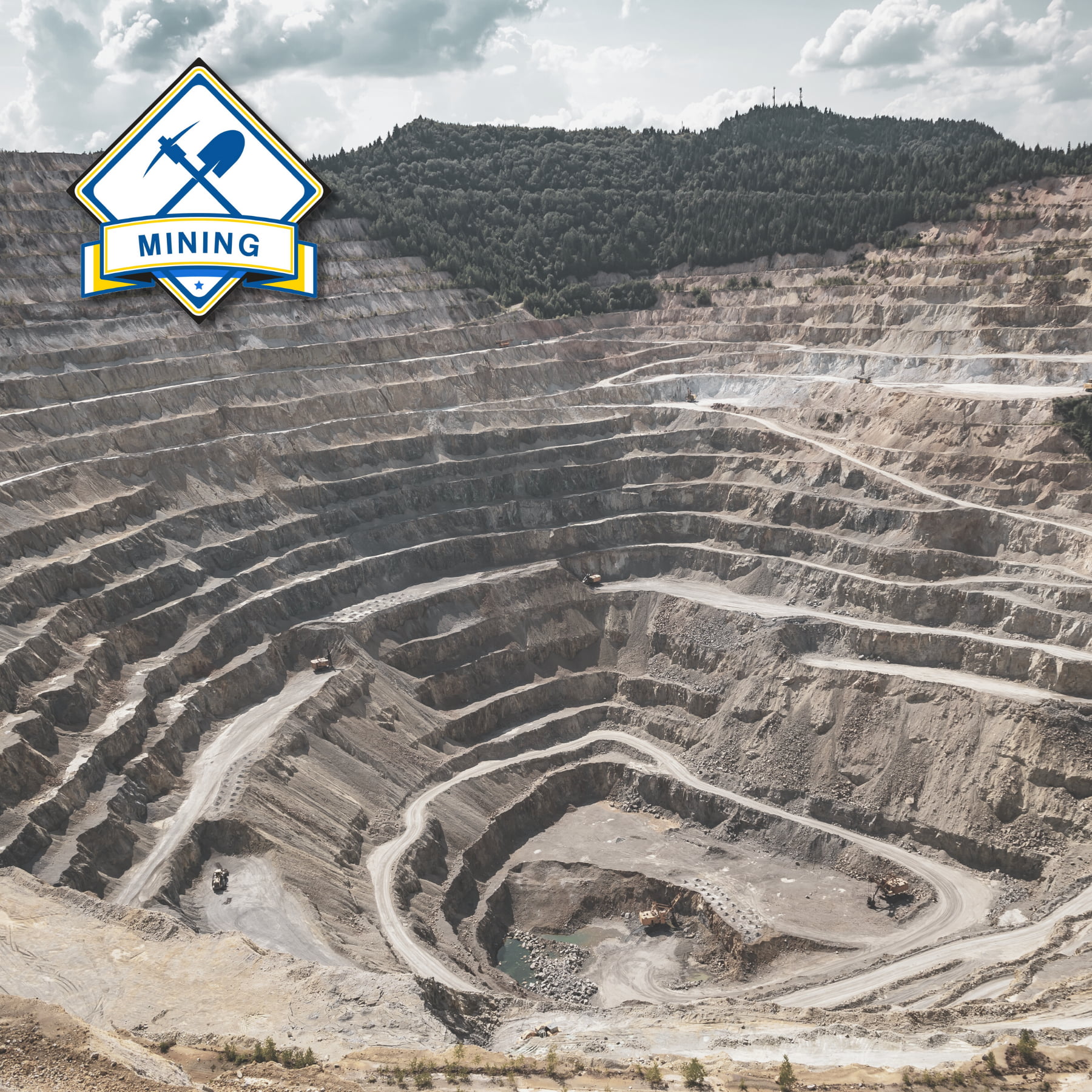
Mining
Mining operations alter the natural environment and require monitoring to understand this impact, as well as the stability of the mine’s assets. Mines in the north often utilize the cold region conditions to operate frozen waste facilities but changing climate conditions challenge whether they will stay in a frozen state. Mines operating all over the world manage massive waste facilities where understanding the internal characteristics is vital for maintaining safe operations. Understanding how mining impacts the surrounding environment is also vital. Mining applications include:
- Permafrost characterization
- Artificial Ground freezing
- Tailings Dam Seepage
- Tailings Dams with a Frozen Foundation/Core or Frozen Deposits
- Acid Mine/Rock Drainage in Waste Dumps and Tailings
- Environmental Conditions
- Heap Leach
- Cold Region Dry Stack Tailings
Environment
The global natural environment is being significantly impacted by climate change. The northern regions are experiencing accelerated warming compared to the rest of the world, exerting profound effects on plants, animals, and human communities. Monitoring temperatures is crucial for researchers to comprehend the consequences for species in diverse environments, offering vital data to contribute to environmental monitoring.
- Waterways (Rivers, Streams)
- Permafrost and Tundra Research
- Cryosphere/Glacier
- Avalanche Forecasting
- Aquatic Systems (Lakes, Oceans)
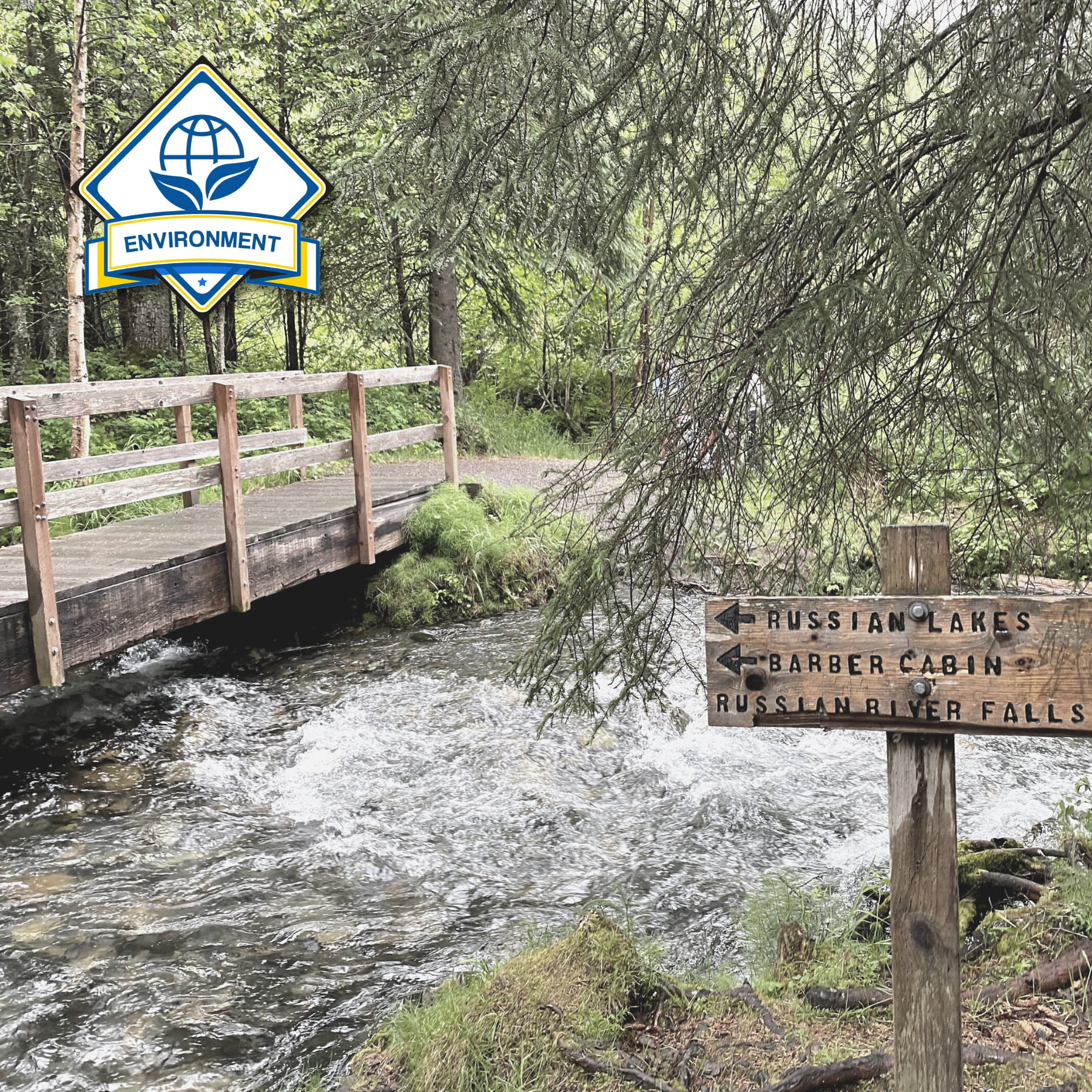
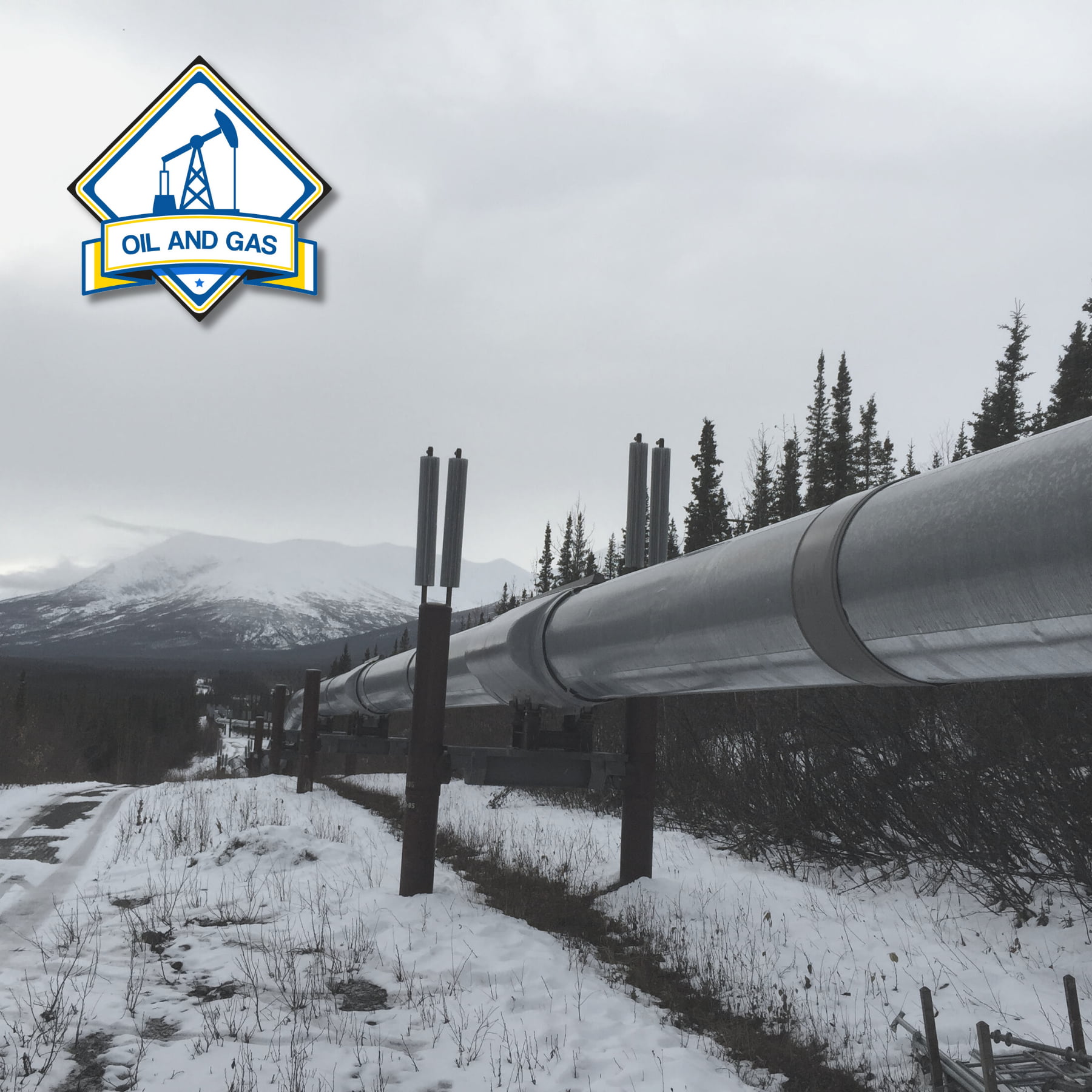
Oil & Gas
Oil & Gas operations in Alaska are built on permafrost, which is thawing due to climate change. Assets such as pads, pipelines and tanks are subject to damage from the mobilization of the ground when it thaws. Monitoring the permafrost temperature profile to provide early warning of thaw and to observe the effectiveness of mitigation efforts is important for these assets. Oil & Gas applications include:
- Foundations & Pads
- Pipelines
- Tank Farms
- Exploration Surveying
- Environmental/Wildlife Monitoring
Winter/Ice Roads
Winter and Ice Roads are vital transportation corridors for remote communities and industrial operations to transport supplies, equipment and people to areas that are not accessible via ground year round. Climate change is warming the north at a faster rate than other regions of the world, and the safe open windows for the roads are getting shorter and creating mobility challenges. Monitoring the subsurface temperature of the tundra/water allows operators to know when it’s safe to open and to maximize the road season.
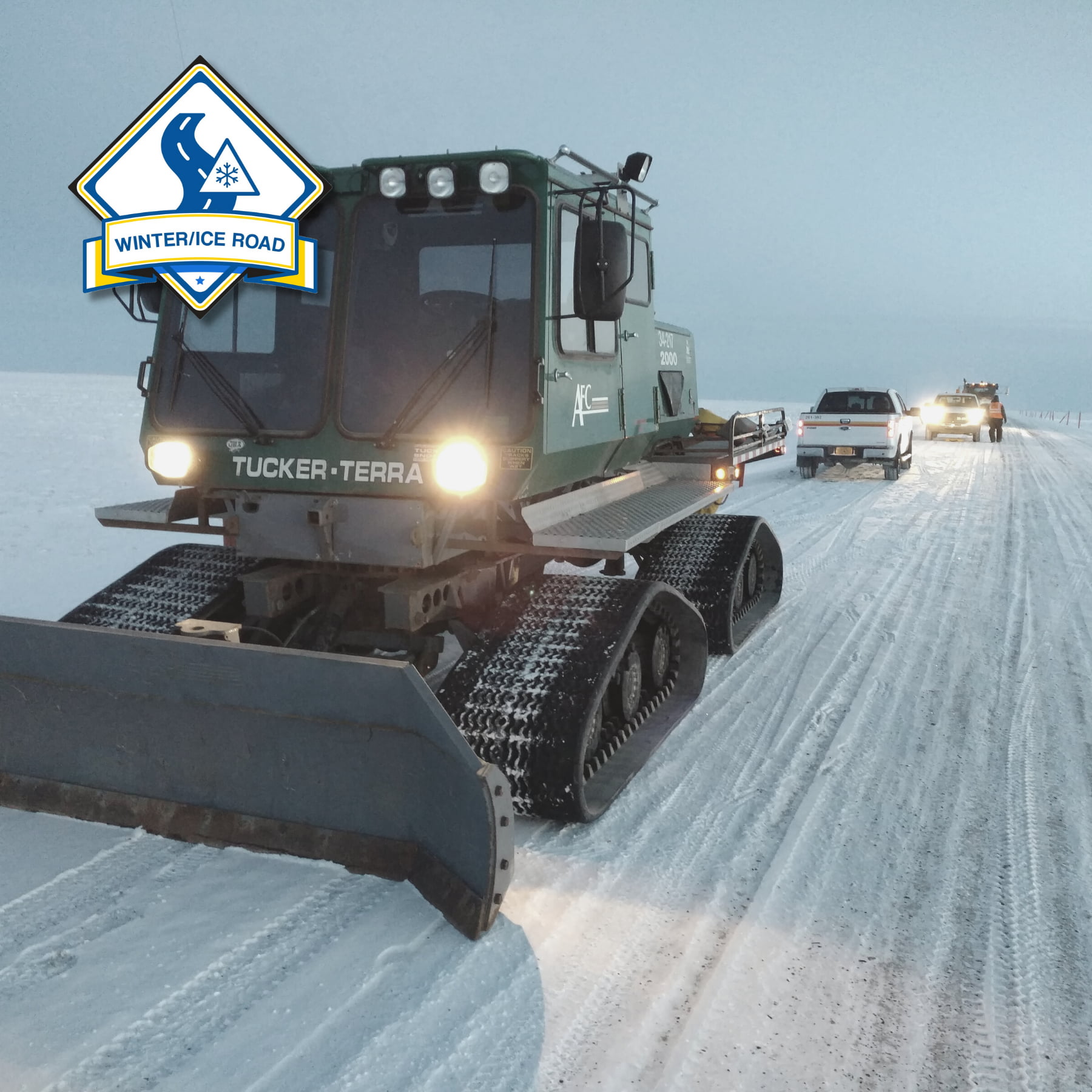
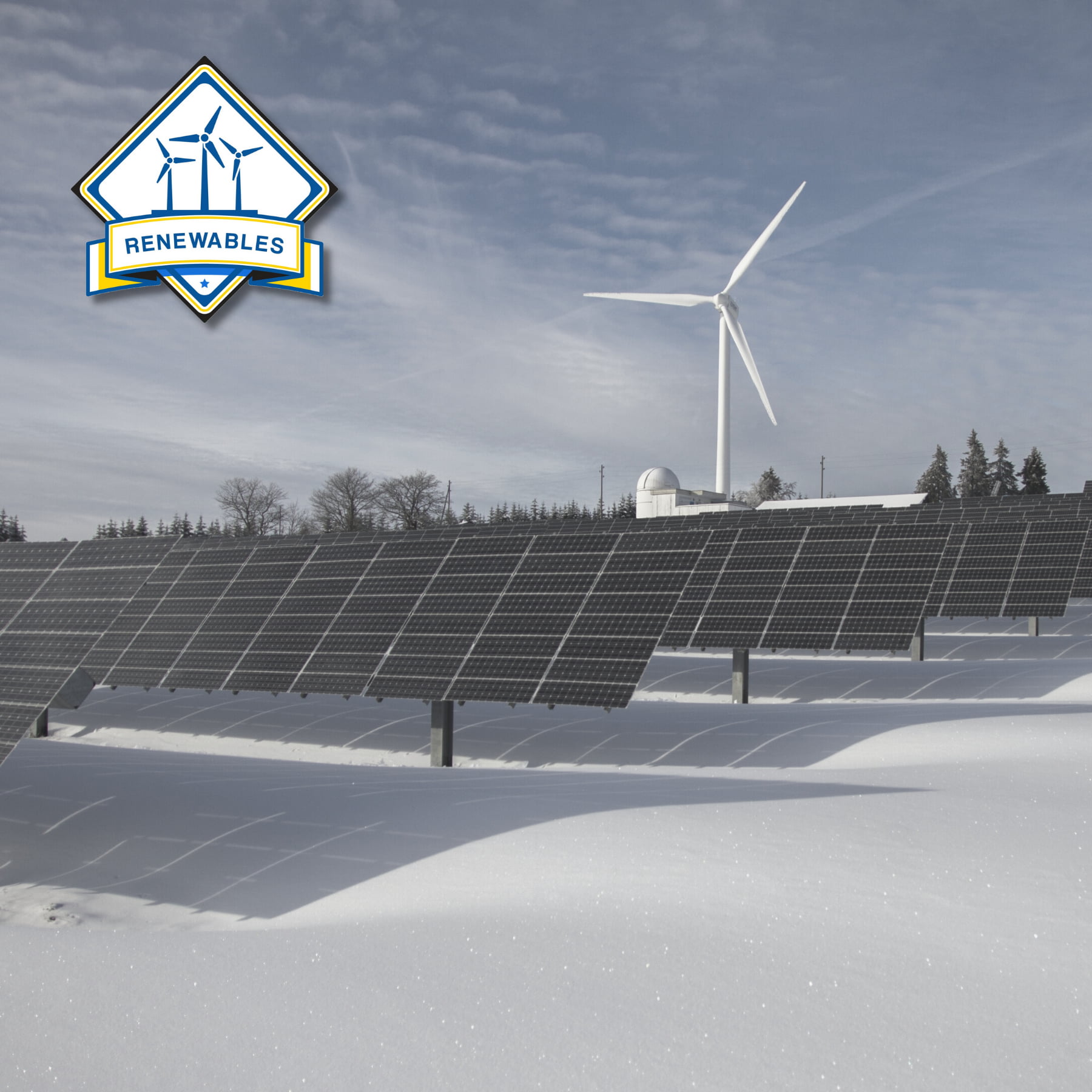
Renewables
Alternative energy using renewable sources such as wind, solar, water and geothermal resources is a critical component to the planet’s transition to a Net Zero future. Where these facilities are built on permafrost to switch remote communities from diesel to green energy, understanding the foundation temperature is important for the long term survivability. Geothermal energy relies on heat exchange within the ground and requires temperature monitoring during operation. Renewable applications include:
- Wind Farms
- Solar Farms
- Hydropower
- Geothermal
Agriculture
Agriculture is yet another industry impacted by climate change and one that is critical for the survival of our species. Temperature monitoring is helpful to monitor the environmental conditions which impact the harvest both outdoors but also within facilities such as greenhouses. Agriculture applications include:
- Crop Monitoring
- Cranberry Bogs
- Grain Silos
- Bee Keeping
- Manure Composting
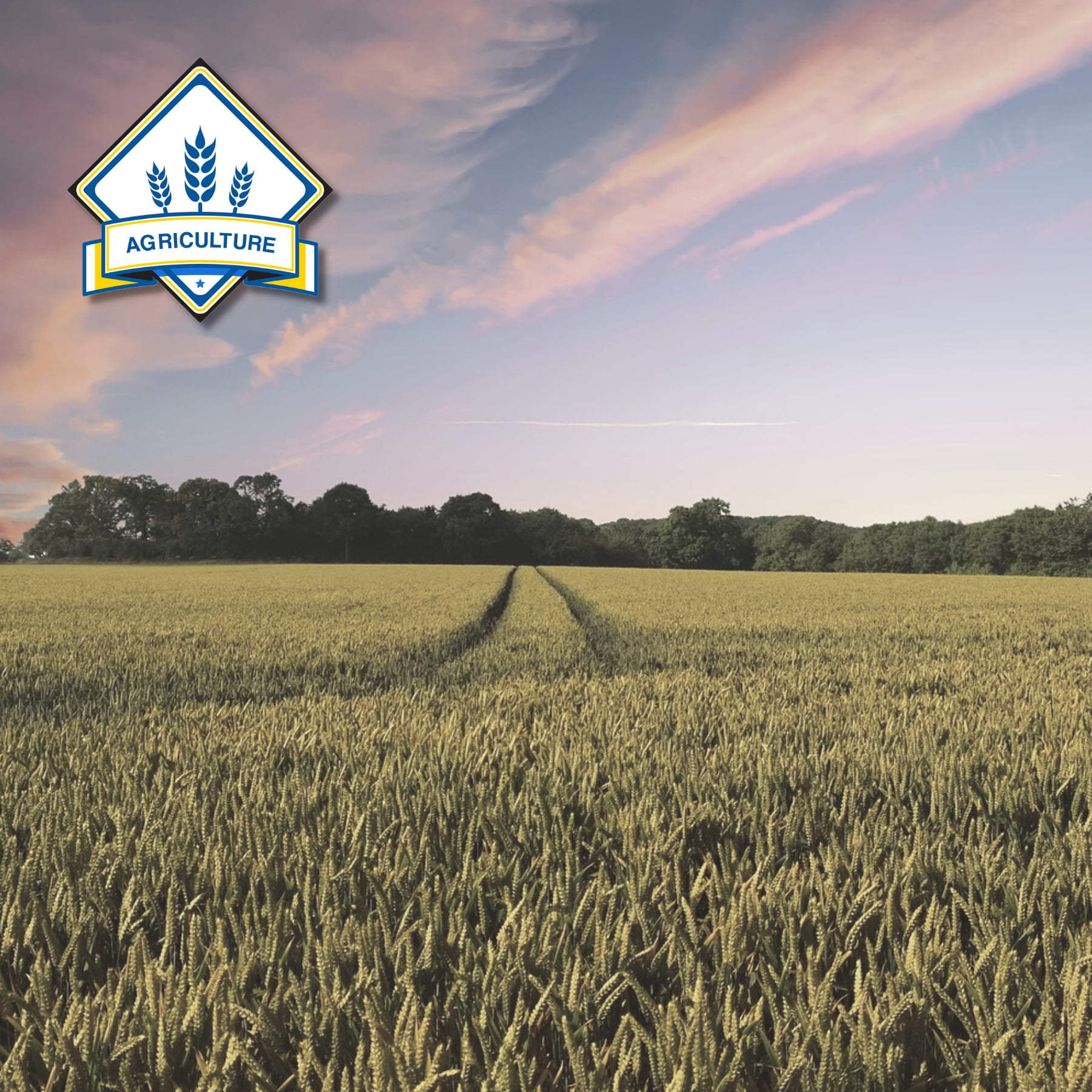
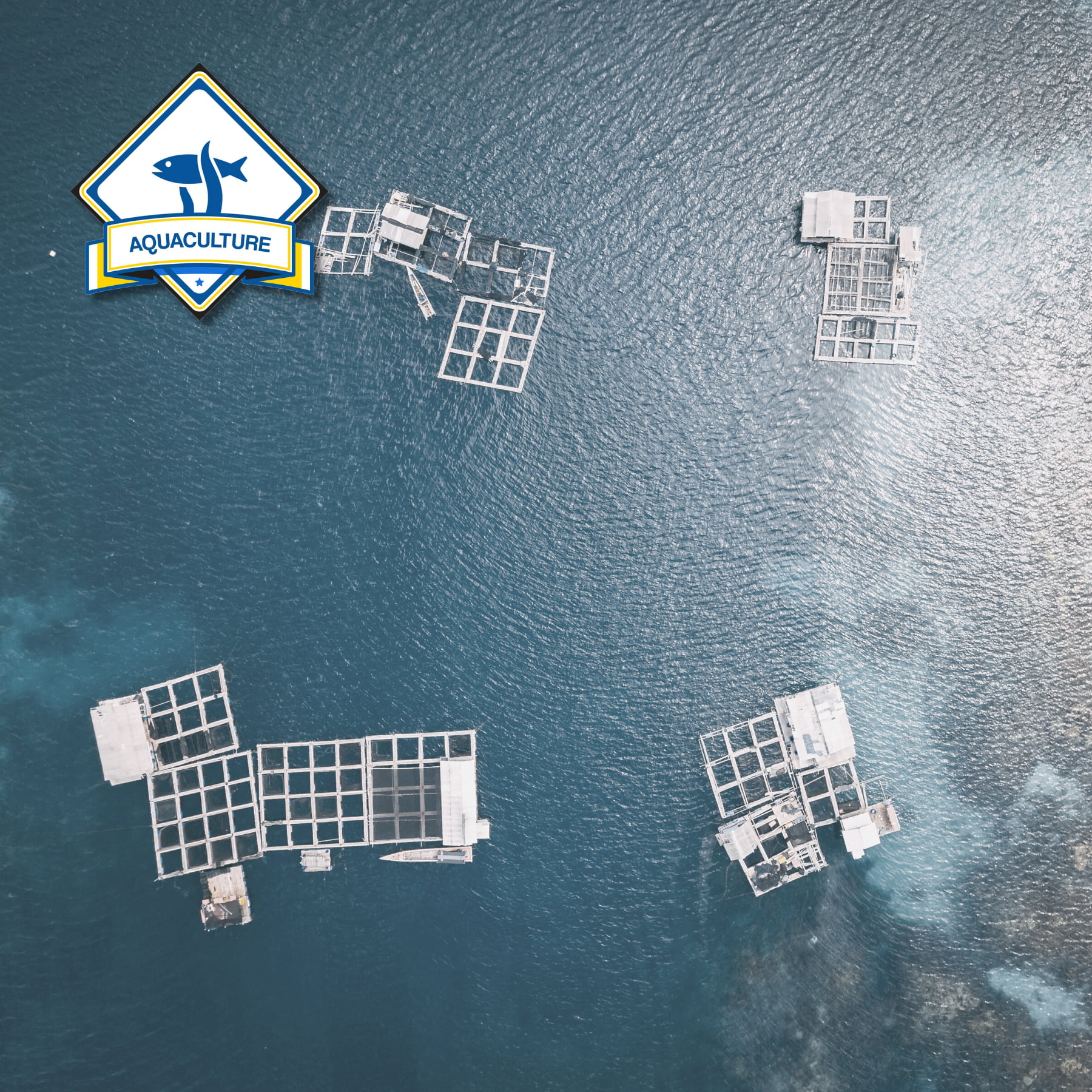
Aquaculture & Mariculture
Aquaculture & Mariculture supports the production of lean animal protein to feed our species via providing food security. Temperature monitoring is helpful to monitor the environmental conditions which impact the harvest and to understand impacts to the surrounding environment. Aquaculture & Mariculture applications include:
- Fish Farms
- Crustacean Molluscs and Aquatic Plant Farms
- Freshwater + Saltwater Farms








